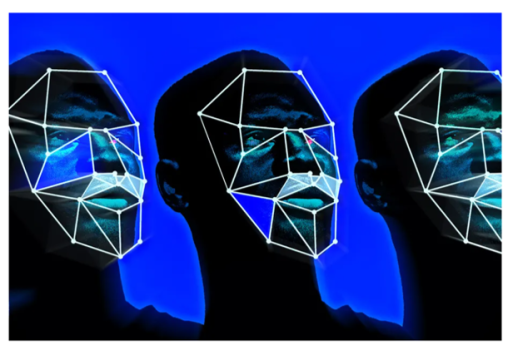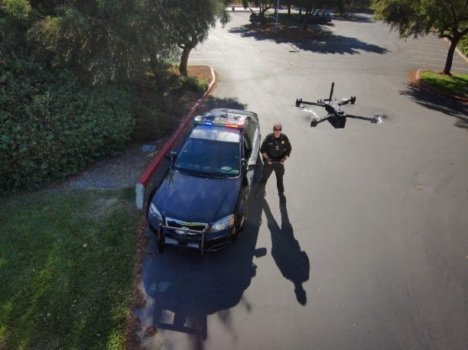5 IoT Security Challenges That Keep CISOs up at Night
- Technology Solutions
- 0 Replies
New IoT technology empowers businesses to innovate, scale, and become more efficient in their daily operations. As cellular IoT expands to reinvent every corner of the corporate world, hackers are also innovating, experimenting with new methods to exploit overlooked security gaps.
CISOs are always one vulnerability away from chaos. They face constant looming threats that are always evolving. In Q3 of 2020, Check Point Research saw a 50% increase in the daily average of ransomware attacks, compared to the first half of the year. CISOs must think ahead and plan holistically for any vulnerabilities that arise as their IoT deployments grow in complexity.
Here are five challenges that CISOs face and what can be done to mitigate risk in the ever-evolving landscape of cellular IoT.
Continue reading: https://www.iotforall.com/5-iot-challenges-that-keep-cisos-up-at-night
CISOs are always one vulnerability away from chaos. They face constant looming threats that are always evolving. In Q3 of 2020, Check Point Research saw a 50% increase in the daily average of ransomware attacks, compared to the first half of the year. CISOs must think ahead and plan holistically for any vulnerabilities that arise as their IoT deployments grow in complexity.
Here are five challenges that CISOs face and what can be done to mitigate risk in the ever-evolving landscape of cellular IoT.
Continue reading: https://www.iotforall.com/5-iot-challenges-that-keep-cisos-up-at-night






















